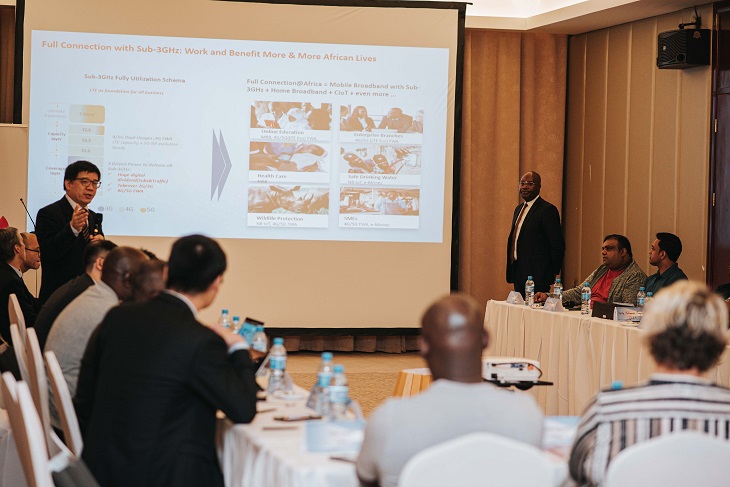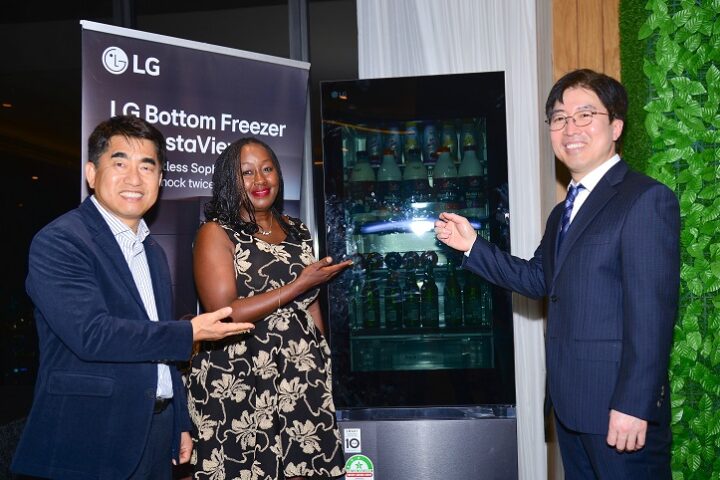Huawei Technologies has called for a collective adoption of the 2.6 GHz as the dedicated spectrum with the most cost-effective 4G Fixed Wireless Access for home broadband service to scale up the current low penetration rate.
Currently, only 9.8 million Kenyans (9 percent), mostly living in urban and semi-urban areas have access to broadband internet. Thirty-eight percent have low-speed dial-up internet, while up to 22 million people still have no access to internet connectivity.
Addressing delegates at the just concluded Annual Africa Spectrum Roundtable in Maputo, Mozambique, Yao Hongjie, Vice President of Huawei Sub-Saharan Africa ICT Solutions said that a number of initiatives were required to drive up the rate of home internet penetration.
“These include full allocation of the entire Sub-3Ghz for affordable and universal mobile broadband towards closing the digital gap and fueling the growth of our digital future. It also involves full utilization of 2.3Ghz and 2.6Ghz bands for further mobile broadband improvement,” he noted.
The meeting agreed that for home internet access to achieve a formidable leap, it will be crucial for the country to adopt defragmentation practices with win-win cooperation between internet service providers, and regional and large mobile network operators.
In addition, the ramp-up requires the overall development of 4G/5G fixed wireless access in order to uplift overall national broadband penetration rates and tax incentives and rebates, affordability considerations for both devices and services and digital literacy for rural and underserved areas.
The event brought together regulators, operators, and spectrum industry leaders from all over Africa to discuss the key spectrum opportunities and challenges for lobbying investment and improving mobile service levels.
Mr. Yang outlined the unique potential of Sub-3GHz to meet the real demand in the African region and noted with the experience of strong demand growth to improve the last-mile broadband infrastructure, the Sub-3GHz spectrum’s full utilization will be the best way forward.
Spectrum is a scarce resource and efficient use of spectrum is one of the key objectives of spectrum management, yet there is clear evidence that the volume of data flowing over mobile networks is growing rapidly and is being accelerated by the popularity of smartphones and the growth in music and video downloads, the 2.6 GHz band will allow operators to address rapidly increasing traffic volumes in an efficient and harmonized way.
The 2.6 GHz spectrum is the ideal complement to the 700 MHz spectrum, also known as the ‘digital dividend’, and will enable the most cost-effective nationwide coverage of Mobile Broadband across both rural and urban environments.










